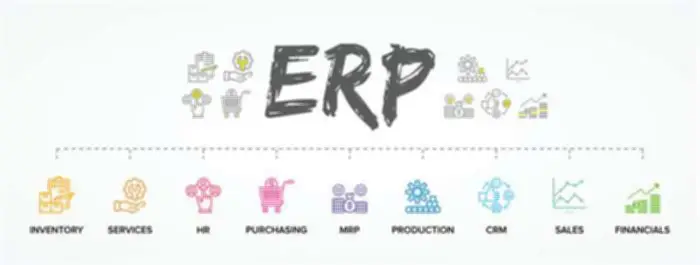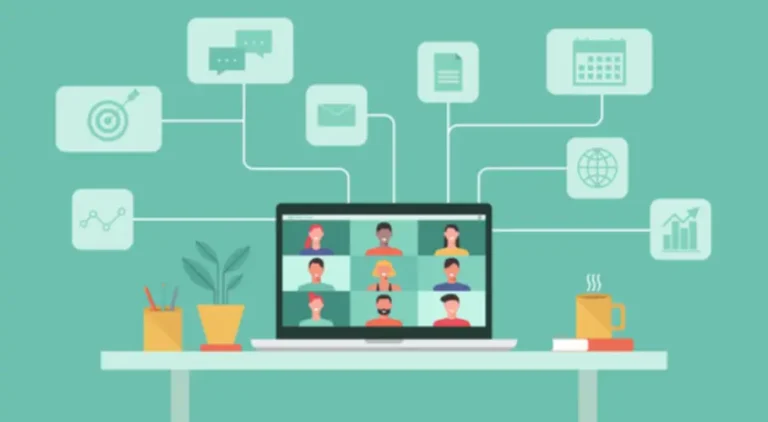CI primarily lets your team use machines do what they do greatest, so people can do what brings more worth to an organization. An finish to finish platform for microservices software supply comprising of Managed Kubernetes, Managed Microservices, Flexible CI/CD pipelines with Security, Compliance, and Observability. Jenkins Tutorial focuses on the distributed architecture Legacy Application Modernization of Jenkins and also explains tips on how to create a build in Jenkins. Stage in a Jenkins Pipeline consists of a singular subset of duties similar to Build, Test, Deploy, etc.
What’s Docker And Docker Container ? A Deep Dive Into Docker !
Selenium is the software used to automate the UAT tests whats jenkins carried out for steady supply. If the take a look at passes, the code is added to the master branch to produce a golden build. It is straightforward to discover out which commit in Jenkins led to the build failure. Nonetheless, the construct pipeline will advance to the next part if each unit check passes.

What Is Jenkins Devops Coaching Edureka
Jenkins is essentially the most mature CI device available so allow us to see how Continuous Integration with Jenkins overcame the above shortcomings. Jenkins is a well-liked open-source automation server used principally for software program development’s steady integration and supply (CI/CD) processes. CD is a apply in which automation pipelines are used to manage software program releases. It entails utilizing instruments that facilitate the creation of deployment artifact dependencies and setting environment-specific variables in a repeatable and reliable method.
Strong Growth With Git-flow, Bitbucket Pipelines And Bitrise
All the steps talked about above will carry out in sequence one after the opposite if any step/stage get failed it won’t move forward to a different step/stage until the earlier step received successful. To master Jenkins and its integration in CI/CD pipelines, the DevOps Engineering – Planning to Production course offers detailed lessons and real-world tasks. Used by many advanced DevOps groups delivering cutting-edge, cloud-native applications, Jenkins has been round for quite a while. The project (originally called Hudson) was developed in 2004 by Kohsuke Kawaguchi while working at Sun Microsystems and released in 2005. After Oracle acquired Sun, the project was forked to stay open source and the fork was named Jenkins in 2011.

Plugins additionally contribute to Jenkins’ flexibility, as do the wealthy scripting and declarative languages that enable for extremely custom-made pipelines. Jenkins is extremely unopinionated, so it suits nicely into most environments, including advanced hybrid and multi-cloud techniques. Server safety is achieved in the identical way that another server is secured. Access to where it resides, similar to a VM or bare-metal server, is configured to permit for the fewest variety of processes to speak with the server.
Jenkins permits software program growth groups to be in full management of every phase of the CI course of. But it doesn’t take away their accountability of managing the central CI infrastructure, making use of patches, and sustaining stability as environments develop. This streamlines the construct and verification of code so that testing just isn’t so high-stakes. It’s acknowledged as a best practice within the software program improvement neighborhood.
- Jenkins is a useful and important software program that has an all-out functionality, permitting any group to simply automate and optimize software production pipelines.
- Every developer commits every day to a shared mainline and every commit triggers an automated process to construct and test.
- Jenkins is used to construct and take a look at your software program projects constantly making it easier for developers to integrate changes to the project, and making it simpler for users to acquire a recent build.
- He realized that even with flaws in the code, he needed to construct and submit it to the repository frequently.
- Continuous integration is a follow that forces builders to incessantly integrate their code into a central repository.
With Jenkins Pipeline, you presumably can outline a quantity of steps in a easy way to assist model varied, more complicated automation processes. Buildkite’s hybrid platform offers you full management over the privacy and safety of your supply code, as it stays on your infrastructure the place your pipelines are. As for the cloud-hosted elements of Buildkite like the online UI and hosted brokers, Buildkite is SOC 2 Type II compliant. It brings automation immediately into the software improvement lifecycle on GitHub via event triggers, which are specified occasions that include comments, pull requests, and issues.
They permit for the creation of continuous integration and continuous delivery (CI/CD) pipelines, enabling teams to effectively build, check, and deploy purposes. Jenkins is highly customizable & scalable, making it a flexible device that helps varied use cases and simplifies the software program growth course of. Jenkins is used right now along the whole software improvement lifecycle, enabling the integration and automation of different processes, including constructing, testing, and deployment. Jenkins creates ‘pipelines’, which outline the series of steps that the server will take to perform the required tasks. The key focus of CI is to supply this feedback as rapidly as attainable to allow developers to repair bugs and actively mitigate dangers earlier than deploying to production/higher environments.

It automates each stage of the development course of, from integration to deployment. Every time a developer pushes a change to the supply code repository, it performs a build. Jenkins is an open-source automation tool that simplifies the implementation of steady integration and steady supply (CI/CD) workflows.
You can’t simply set it up and then anticipate it to run itself–the system requires frequent updates and maintenance. Though Gitlab covers the CI/CD cycle completely, it fails to do so for automation duties since it doesn’t have scheduling options. It can be a very good different because it integrates source code versioning and CI into the identical tool.
Earlier on this ‘what is Jenkins’ blog part titled Master- Agent Architecture in Jenkins, we had a have a look at the architecture of Jenkins. Here, we will demonstrate the creation of Jenkins Agents (or Nodes) on Windows 10 to further understand how does Jenkins work. In the Jenkins Master-Agent structure shown under, there are three Agents, every running on a unique working system (i.e. Windows 10, Linux, and Mac OS). So, Jenkins has turn out to be an indispensable tool in serving to them obtain these targets.
It also allows you to run automated checks in every code change which makes catching bugs easier and faster. CI/CD pipelines are the muse of recent DevOps processes, permitting teams to offer more worth to prospects by making it simpler and quicker to deliver high-quality software program. Among the assorted instruments available, Jenkins CI/CD is doubtless considered one of the pioneers in automating the software program development lifecycle (SDLC).
For C/C++, there are plugins to capture errors and warnings from the console, generate construct scripts with CMake, run unit tests, and carry out static code analysis. When multiple developers individually commit massive modifications to version management, they create complicated bugs, multiply time-intensive fixes, and enhance the time it takes to do extra guide testing. The fail fast strategy is all the time of the utmost importance when deploying to production. Since each change is deployed to production, it’s possible to determine edge instances and sudden behaviors that would be very hard to establish with automated exams. To totally reap the advantages of steady deployment, it could be very important have solid logging expertise that permits you to establish the increasing error count on newer variations. Continuous deployment, also identified as steady implementation, is an advanced stage of steady supply that the automation process doesn’t finish at the delivery stage.
The Jenkins pipeline allows the interconnection of many events and duties in a sequence to drive continuous integration. It has a collection of plugins that make integrating and implementing continuous integration and delivery pipelines a breeze. A Jenkins pipeline’s major characteristic is that each assignment or job relies on another task or job. CI/CD pipelines automate testing and reporting on isolated changes in a larger codebase in actual time. They additionally facilitate the combination of disparate branches of the code into a major department. Buildkite additionally provides hosted agents, letting you rise up and running shortly with a fully-managed answer.
Transform Your Business With AI Software Development Solutions https://www.globalcloudteam.com/ — be successful, be the first!